|


 |
 You will find in this
section hot News articles which we feel are of national importance to all folks. This Public Service is brought to you for free from AAJTS. You will find in this
section hot News articles which we feel are of national importance to all folks. This Public Service is brought to you for free from AAJTS.
OPERATIONS,
SURVEILLANCE
AND
STAKEOUT
PART 1
Stakeout and Surveillance are two methods used by Operations Officers.
The two terms refer to different states of knowledge about a person,
scene or object. The definitions follow:
Surveillance;
A systematic stationary or mobile
observation of a person, Scene or object.
Stakeout: Objective
waiting in a particular place for the arrival of a Person or object.
From an Operation stand point the surveillance is a method of observing
the object of interest. While the stakeout is a method of waiting
for the arrival of the object of interest. Time is an excellent
manner of distinguishing the difference between a Stakeout and mission
of Surveillance. Surveillance takes place in the present, or now.
While a stakeout is pointed toward a future even. For example
“we’re waiting for something to happen or someone or a group of persons
to arrive".
In order to organize your understanding of systematic surveillance and
stakeout it is necessary for you to become familiar with the taxonomy.
Vocabulary:
The following words and their
definitions are a priorii for understanding and implementing a
Successful Stakeout and/or Surveillance:
Subject.
The person,
place or thing under observation.
Surviellant.
A
person engaged in observing a subject.
Contact.
Any person or persons the subject meets or
confers with.
Convoy.
A person
employed by a subject to detect surveillance. Usually done by
following the “Subject”.
Decoy.
A person who attempts to divert the surveillant’s
attention from the subject.
Burned.
Burned
is synonymous with a blown or made cover. These terms indicate
that the identity of the Surviellant has been
discovered by the subject.
Surveillance Defined:
Surveillance is defined as the systematic observation of persons,
places, or things to obtain information. Surveillance is carried
out without the knowledge of those under surveillance and is concerned
primarily with people.
Surveillance is further divided into mobile or stationary. Mobile
surveillance can be either by foot or from a moving vehicle. A
stationary surveillance is often called a “stakeout”. Foot
surveillance, vehicular surveillance and stationary surveillance all
have the same objective. That is to obtain the necessary
objective, which may differ in each type of surveillance. For
example information, a person, a place or piece of land, or a thing such
as a plane, a building, nuclear or chemical weapons held by a felon who
would destroy the world.
Obvious Utility of Surveillance:
Today’s examiner will find themselves continually involved with these
surveillance methods, both mobile and stationary because it is the very
nature of investigation to obtain information about people who may not
know that information is being withdrawn and would not want that
information to get out if they were made aware. When operations
sends one out on such a mission if skill is absent, failure to garnish
the necessary facts, not just once, but over and again
with perhaps disinformation or misinformation being brought back to
Operations. Ultimately useless to the agency, an employer or a
client.
Surveillance has been applied to all aspects of Observation whether for
national security, or the humble private eye. For example,
Industrial security officers may find that one of their plants has a
saboteur and a stakeout is a necessity. Even burglary,
arson, murders or any type of evil may be the objective. Retail
stores use surveillance to apprehend a suspected or known shoplifter.
As you know by just going to any bank, merchant teller or even warehouse
or any business, Surveillance systems protect merchandise, trucks, and
intellectual property. Obviously the reason for this article is to
teach proper applications of the skills which make the difference
between a successful or unsuccessful system.
A skillful surveillance person is safer and more valuable and one who is
unskilled. Obviously if the person under surveillance burns you
and surveillance was your job, they will undoubtedly become hostel, and
perhaps kidnap you as in the case of a national security agent in a
foreign unfriendly or evil country bent on destroying humanity.
Surveillance has one objective. To gain and inquire information.
PREPARATION INSURING THE
SUCCESSFUL SURVEILLANCE
Pre-surveillance protocol insures successful surveillance. Every
surveillance including stationary, foot, or transportation, share the
same basic tenants. The checklist for varying types of
surveillance will of course change with the very nature of the
objective. The following is a basic example with explanations for
you to truly understand what it takes to be successful and stealth:
A.
Study your file and check very carefully to make the judgment as
to:
-
Where there any actions previously
taken? If so were they by individuals that are under the same
employ as you? If so, did the last operator “burn” the
surveillance and alert the subject so he will be prepared or minimally
suspicious. Or are you the first operator? If so are you
handling national security, industrial or in-plant surveillance,
determine what, if any, disciplinary actions have been taken by
superiors. Will the subject know they are suspected?
-
What information has Operations
provided the agency about routines, work schedules, home phone number,
e-mail and addresses, or frequently visited coconspirators,
restaurants and bars where a surveillance might be reestablished if
the subject is lost. Relative to industrial or in-plant
surveillance, what are their work habits, Who are their friends in the
plant, what are their work routines? Has the routine been
broken?
-
From the file review you should obtain
and carefully study;
a. The
Name and address of the subject
b.
A full description, including mannerisms and known characteristics.
Is he/she a cross dresser, or some personality trait that could trip you
up later?
c.
Who are their associates?
d. Background
information provided prior to your assignment.
B. Slowly
and carefully study the Lead Sheet.
In most Agencies, Bureaus, or departments a lead sheet is
included in the file and should be studied thoroughly. It should
contain the majority of the information you need to know. Check it
for any instructions from Operations or your client. This is where
the photograph is generally attached. Know your subject’s looks.
Be able to site him in crowded places.
C. Become
familiar with the territory, neighborhood or surrounding area.
In order to dress appropriately you will
have to possess a working knowledge of the country, territory,
neighborhood or surroundings. Dress to conform to the mores.
D. Determine
Subject Vehicles or means of transportation.
Be sure and obtain the license numbers,
registration and VIN numbers and a description of all the vehicles used
by the subject. These could those of your client.
E. Reconnoitering.
When ever practical, make a survey of
the main working areas prior to your surveillance. It might
include a reconnaissance of the employment location, home, and leisure
areas. Always determine and familiarize yourself with;
-
Traffic Conditions: Will there be a probability of
light or heavy traffic. Where are the good and bad places to
enter traffic flow?
-
Traffic Controls: Observe whether
there are stop lights, turn right only lanes, and one-way streets.
Prepare for any event, which might cause you to loose your subject.
-
Reliable Vantage Points: Find suitable
vantage points prior to the surveillance so that there will not are
any conspicuous delays. Spending time searching around is lost
verifiability.
-
Locate and know the names of area
streets and alleys. You can accomplish this with both a map and
your own investigation. Mark all dead-end streets, or catwalks.-Copyright
1999 "Textbook For Forensic Criminal Investigations" Neff, SD
In Parts II-V you will learn all aspects of control, report, team, city, country, residential, auto, multiple auto, train, plane, cycles, boats and/or cruise liners, international, confrontation and resolution to continue Surveillance, electronic equipment, undercover pretext procedures, burning a case, photography and recordings, ultrasound, developing leads, statements and interrogations, synopsis and detailed narrative outline and reports. by Dr. Scott D Neff, Chiropractic Orthopedist, International Association of Police Surgeons, Certified Fraud Examiner, Certified Forensic Examiner, Disability Examiner, Industrial Disability Examiner, Master's in Oriental Medicine, Masters in Professional Studies in Biomechanical Trauma, Newspaper Editor InfoJustice Journal, 2010 Graduate University of Health Science Antigua School of Medicine
"Why does this magnificent applied
science which saves work and makes life
easier, bring us little happiness? The simple answer runs, because we
have not yet learned to make sensible use of it." Albert Einstein 1931
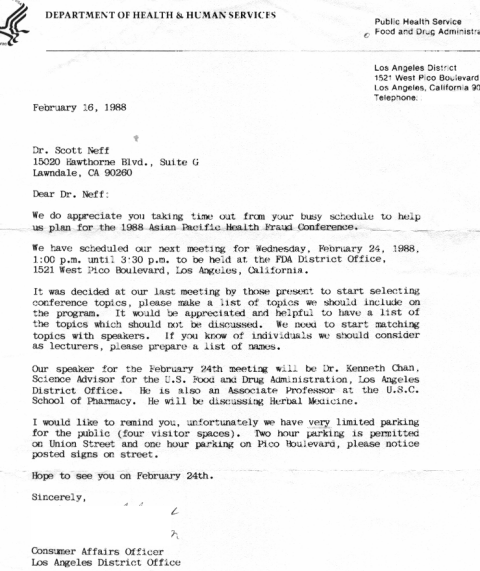
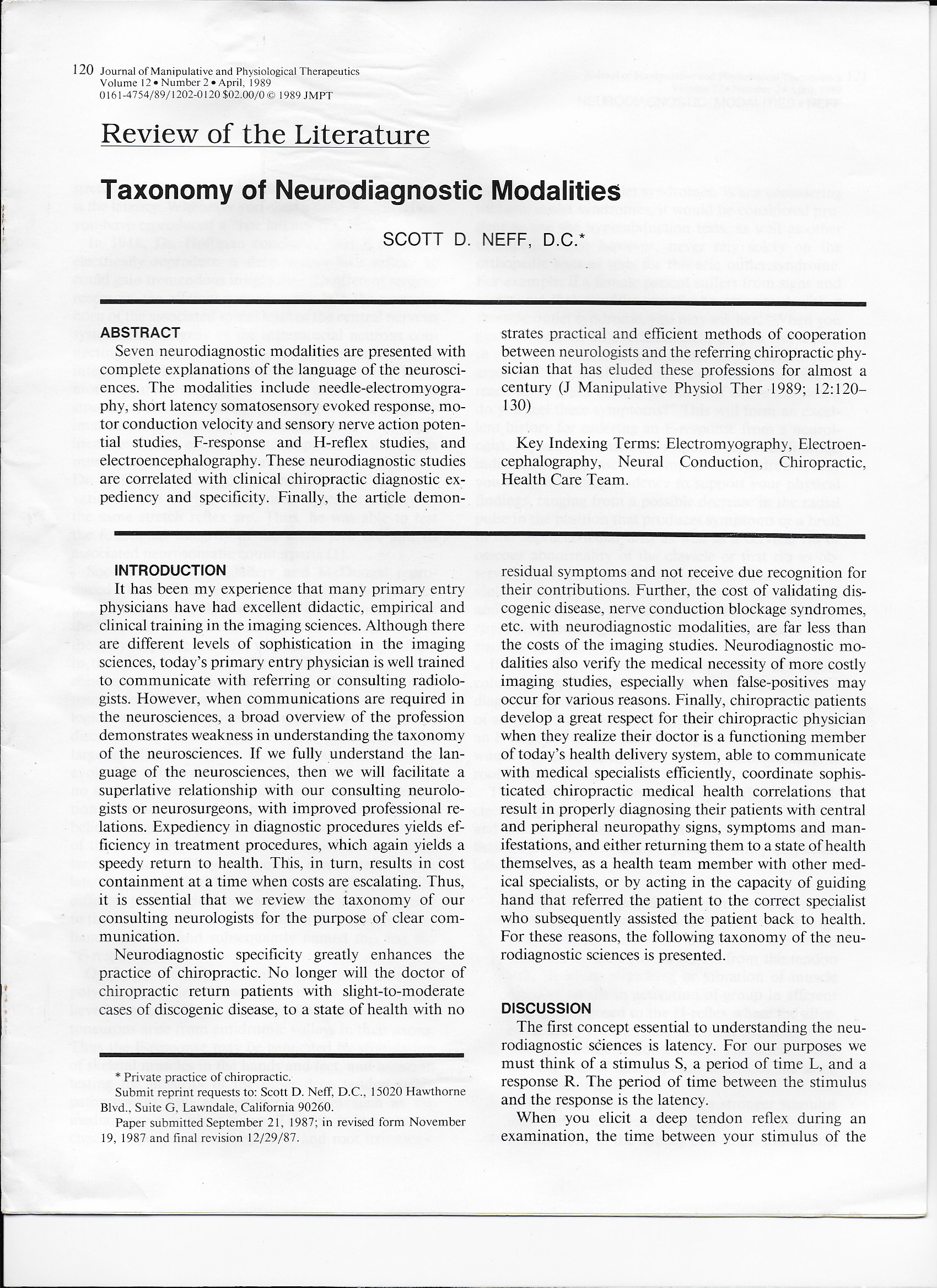
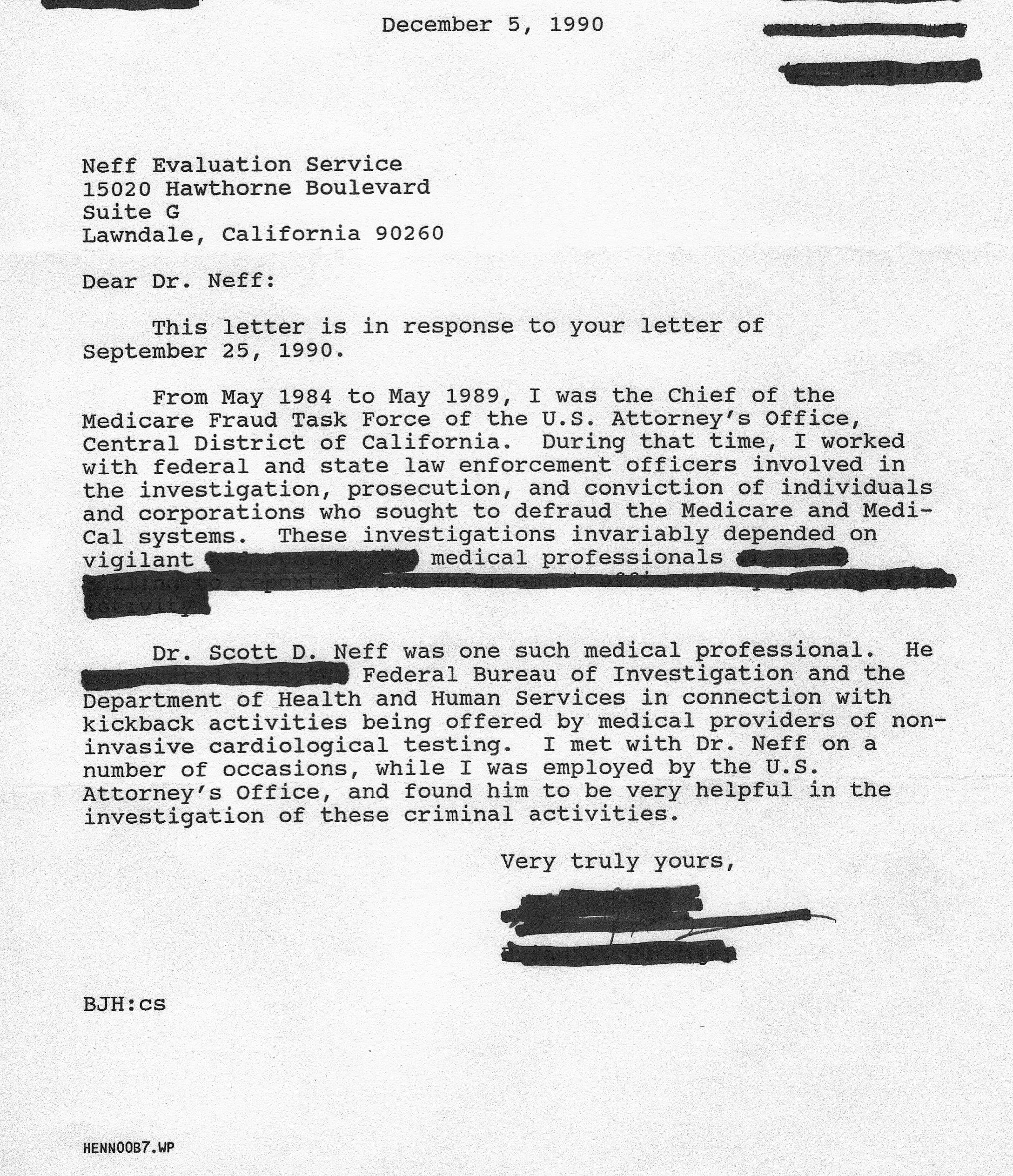
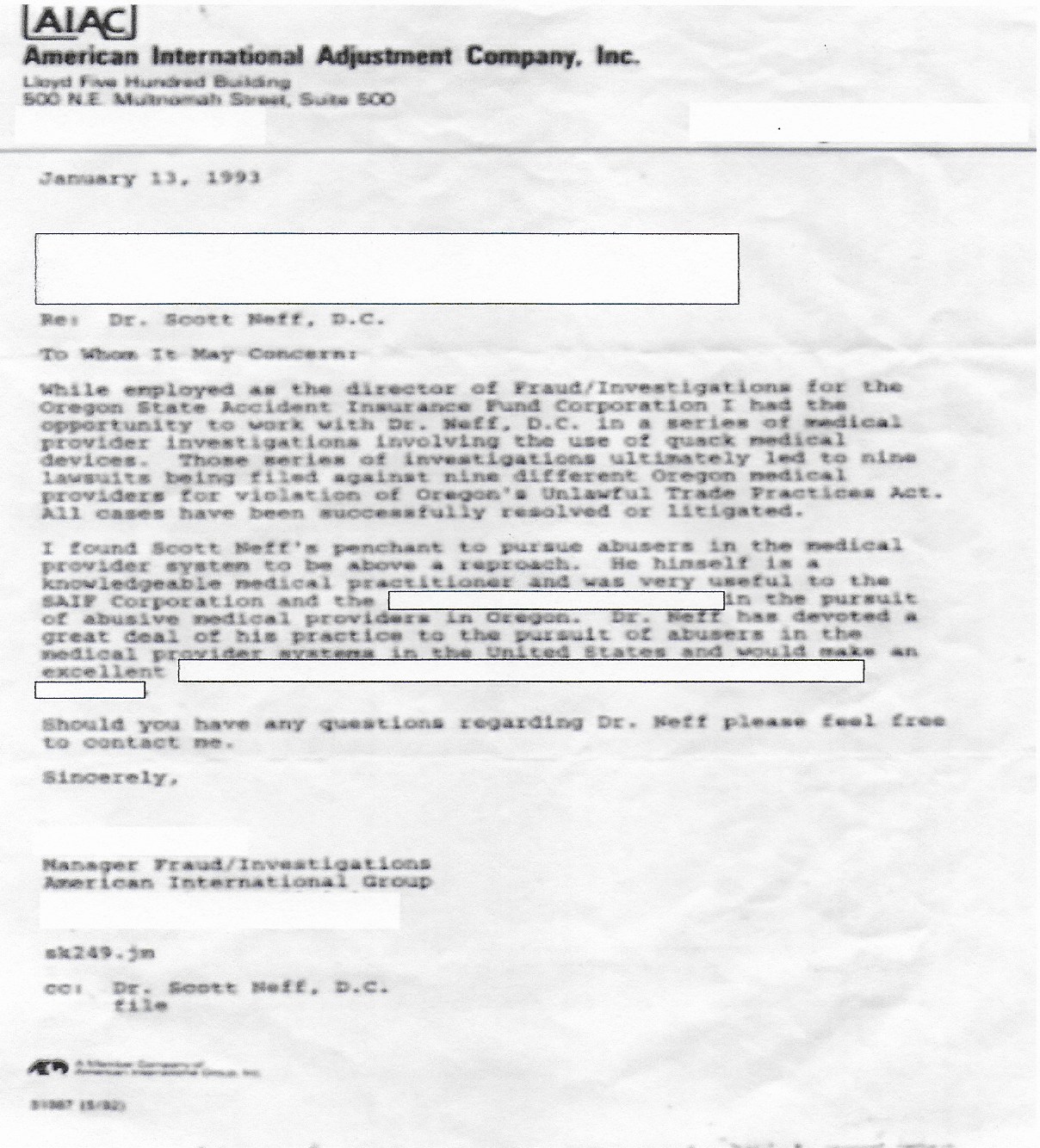

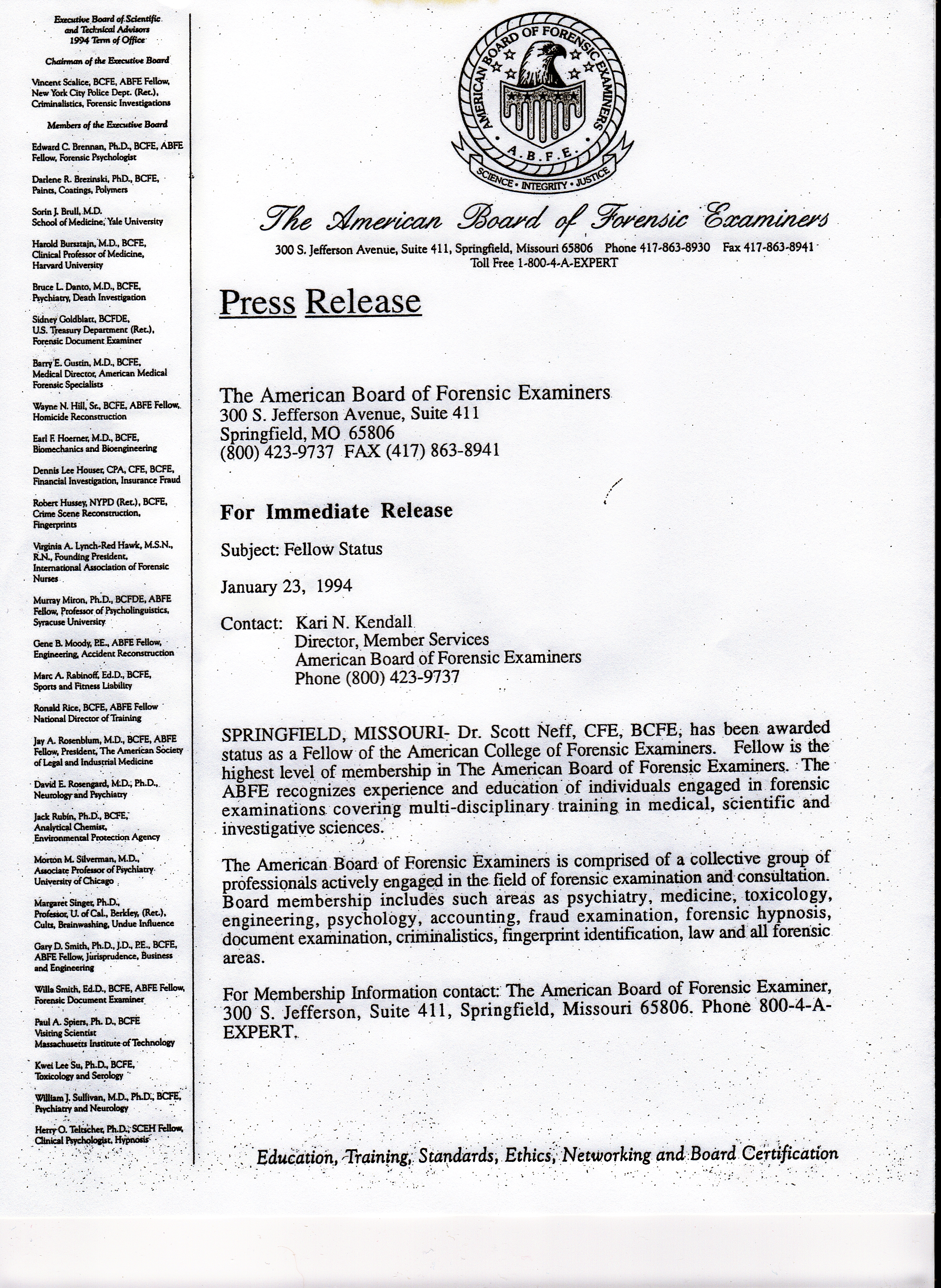

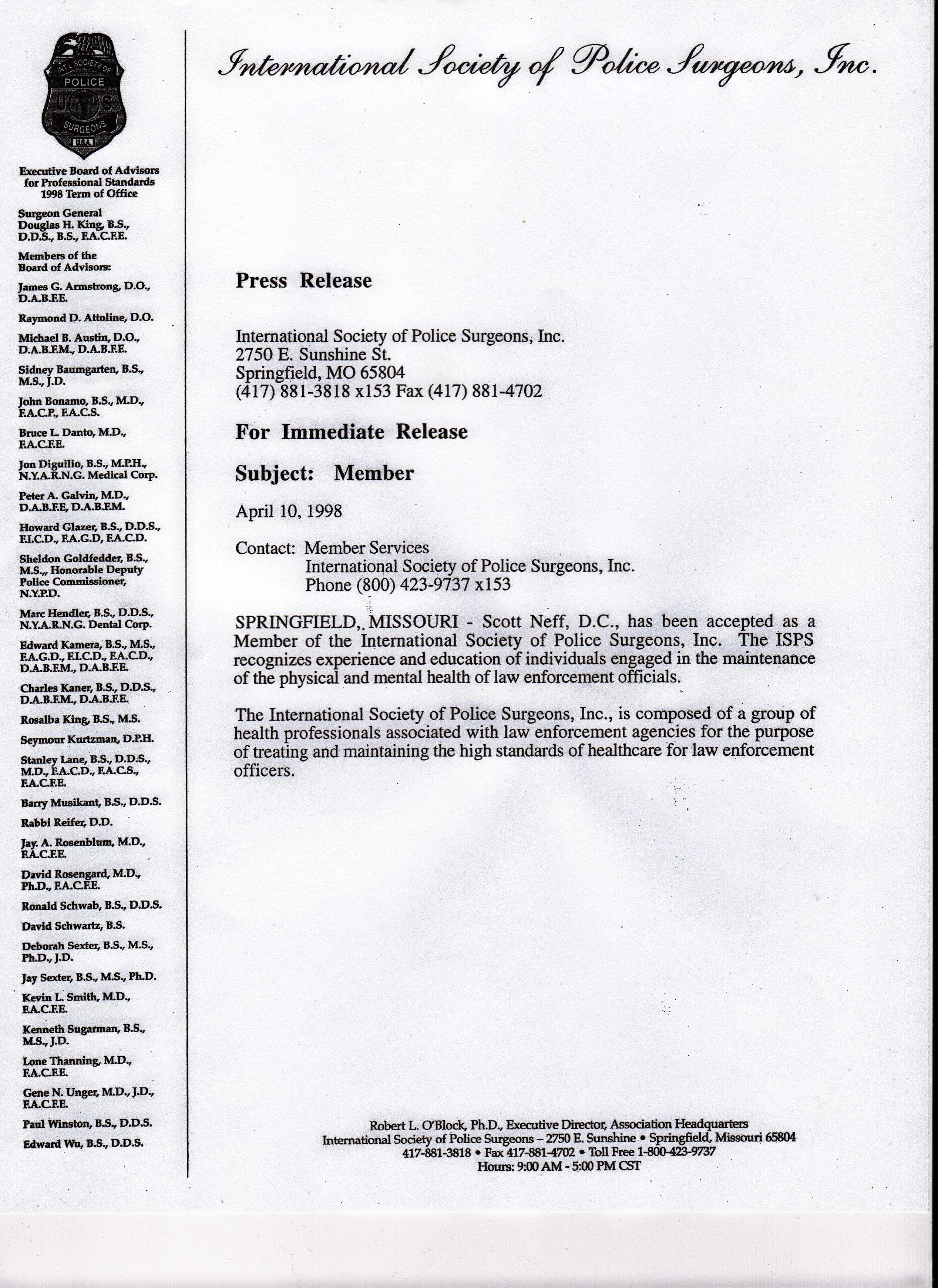
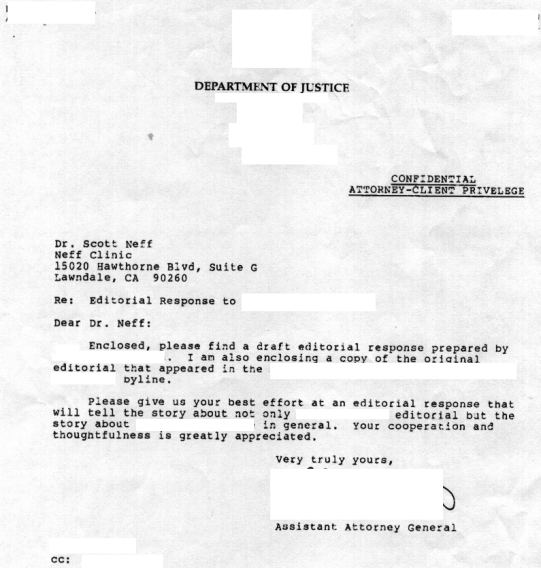
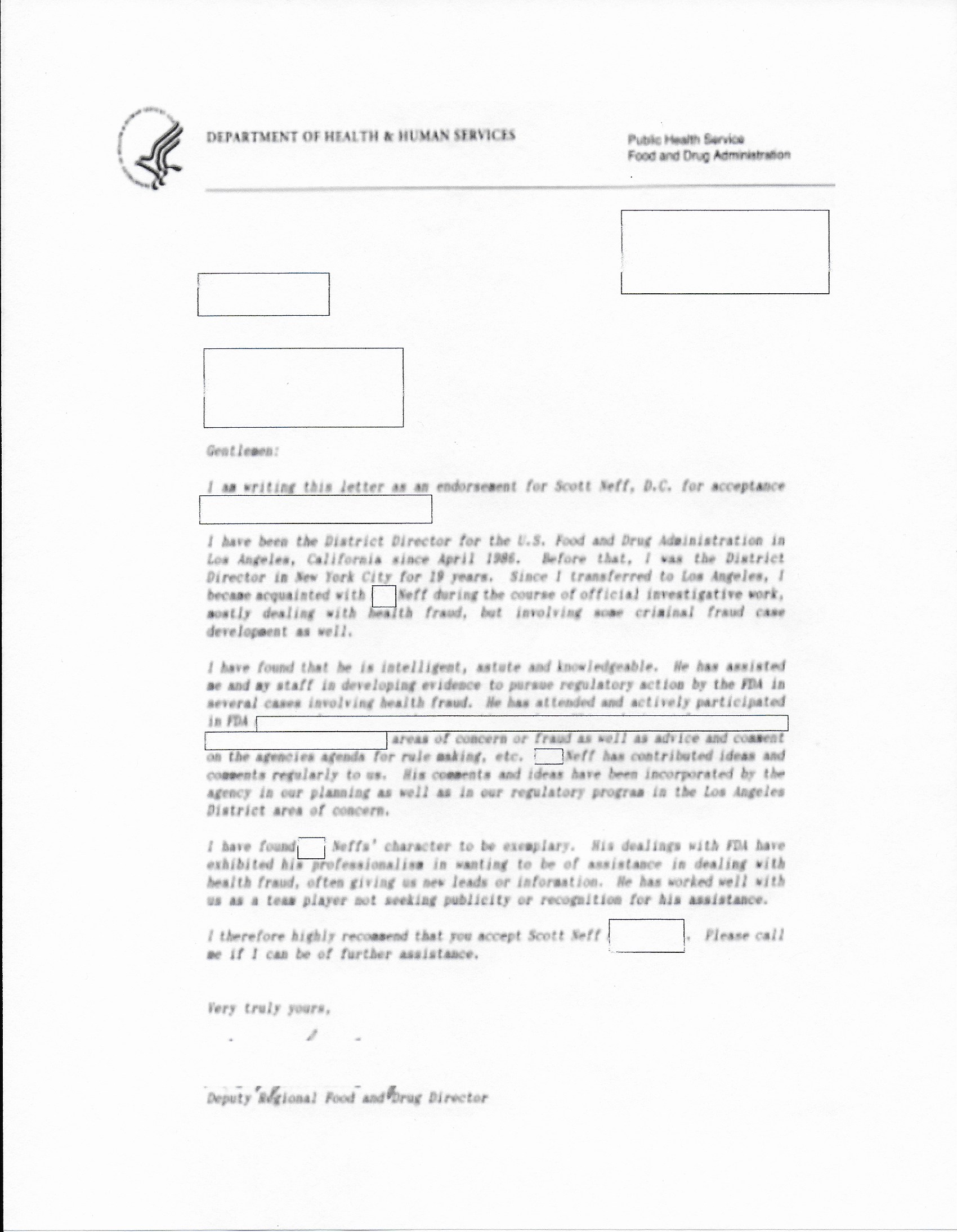
|